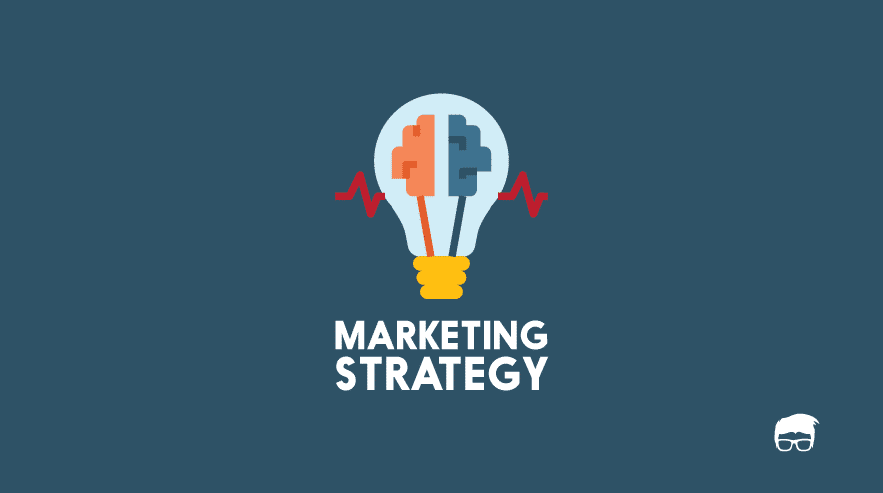A strategic marketing process is must to have for every organization no matter what It’s the roadmap that guides every marketing move your company makes, or at least it should. It’s not a singular static thing that marketers can set and forget though your marketing process should be multifaceted and evolve along with your business offerings industry and the preferences of your target audiences. Establishing or updating your strategic marketing plan is a big time commitment, but it’s an essential exercise for creating an effective marketing program. Let’s look at what it takes to create a comprehensive, constructive plan for your company’s marketing efforts.

1. Define mission , goals and objectives
The first step is to define your mission, goals and objectives. These are three unique yet equally important concepts that every business should understand. Your mission statement expresses why your organization exists today. It should reflect your high-level goals as a company and call back to the products or services you offer. Your goals should illustrate quantitative outcomes for your organization. Smart goals are smart, specific, measurable, aspirational, realistic, and time-bound. Goals are high-level aspirations that directly benefit the company, but don’t include specific tasks or directions for achieving them. You’ll find those in an organization’s objectives. Objectives are the steps you’ll take to achieve your long term high reaching Goals.

2. Analyze your industry positioning
A SWOT analysis is the perfect exercise for this. This stands for strengths, weaknesses, opportunities, and threats. The first two steps of a SWOT analysis identify helpful and harmful attributes of your company. Strengths are positive differentiators from your competitors. They’re probably things you highlight in your promotional materials or things that you should be. Weaknesses are things you’re falling short on. Addressing these shortcomings could benefit your company in the long run. The last two are more outward-looking. They’re related to the environment in which you’re selling your products or services, opportunities or chances your company has for growth. An opportunity may be the ability to fill a gap in the market or provide an upgraded solution. Threats are obstacles that could get in the way of your success. Their nature could be economical, environmental, technological, or something else. A new player in the market could be a threat as could an economic downturn or a new regulation that impacts international trade. Understanding the full picture of your SWOT analysis helps you to determine what actions help you reach your goals.

3. Establishing marketing tactics
While objectives are subset of goals, tactics are subsets of objectives. They describe the actual moves you’ll make to work toward your objectives. Before you lay out your tactics reflect on the four Ps of marketing: Product: what you sell and provide, Price: what your products cost and the value they offer. Promotion: how people find out about the products, including the types of campaigns you’ll carry out, the tone of your messages, and more, Place (where people find your products, including physical locations, like store shelves and digital locations like your Facebook feed). Each tactic should relate to at least one P and each P should be addressed in your overhaul strategic marketing process. These first three steps were the hardest part.

4. Put your process to work.
This requires identifying the resources required to actually carry out your Plan. You’ll also create a schedule in this step to keep your team on track, to reach your time-bound goals. Now that you’ve implemented your plan, you might think you’re done, but remember your strategic marketing process is not set it and forget it.
5. Evaluate, modify, and repeat
The most effective marketing strategies are backed by data. Now that your marketing plan is in place, you’ll have a steady, stream of data coming in, collect this data and learn from it. The data you’ll evaluate depends on many factors, but a few examples of measurements you might consider include: social media, units or dollars sold, newsletter subscribers, Product demos requested or booked. If you’re not on track for hitting the benchmarks you identified earlier this year, look for ways to modify your strategy, adjusting your approach based on your data should help you come closer to your goals. And with that, you’re back to step one, defining your objectives.
Strategic marketing process will become more refined with every iteration of these five steps. As it does, you’ll be able to spearhead marketing campaigns that you know will generate valuable interactions between your brand and your target audience and ultimately, that’s every organization’s goal.

